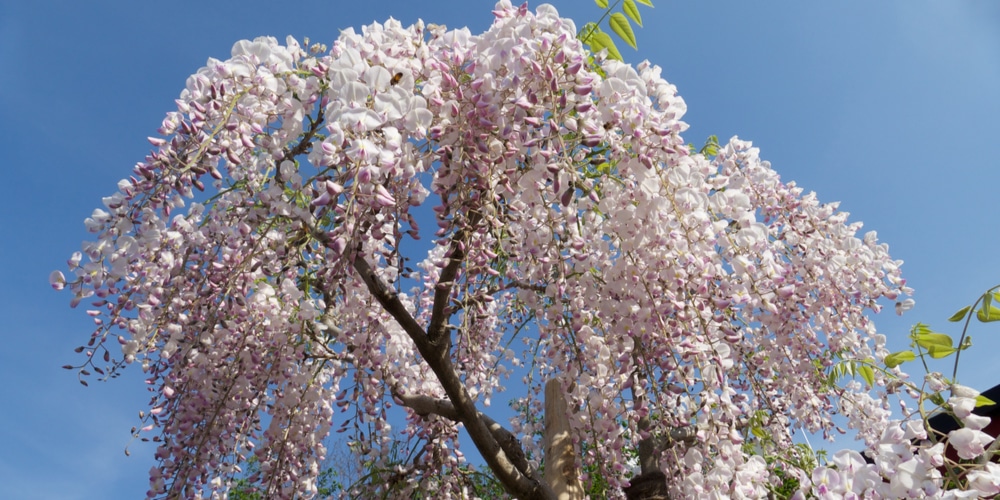It appears that plant enthusiasts never get enough of lilacs as these plants are commonly grown in yards across America. The burst of purple fragrant flowers is attractive and lilacs bloom twice annually.
In general, lilacs bloom during the spring and begin to set the buds soon after they bloom. So, if you need to prune these shrubs, the perfect time should be after they bloom. Sometime lilacs re-bloom in the fall. But why are lilacs blooming in September? Let’s find out why.
Why do lilacs bloom in September?
There is no denying that lilacs are one of the preferred choices for many gardeners. These spring-blooming shrubs carry a delightful scent and bear white or purple flowers. But what makes them bloom during early October or late September? This is the time when you don’t find lilacs bloom, in general.
The lilac variety
However, there could be certain reasons for the plants to behave in that fashion. In most cases, it is about a special variety of lilacs that is planted. The Bloomerang lilacs is a variant that blooms during August or September. Or, it could be a Dwarf Korean lilac that tends to re-bloom late.
Hormonal response
After the lilacs successfully go through summer, fall, and winter, they start blooming in the upcoming spring. However, when you see lilacs blooming in September, it might be the result of something unusual. Some kind of hormonal response triggers the lilacs to bloom in regards to the weather.
The cold temperature at nighttime and warmer temperature during the daytime along with twelve hours or more of continuous sunlight is what triggered the plant to bloom. With the right of moisture in the atmosphere during fall, sometimes the weather tricks the plants into believing that they went through a mini winter season.
Having both warm and cool temperatures at the same time confuses the shrub into thinking that it is spring. And, prompted the plants to bloom. But in reality, it is either late September or early October, which means it is fall.
The problem with fall blooming
There is a major downside to this issue as well. If lilacs will bloom in September, it means, they will have a few blooms next. Or else, there won’t be blooms in the upcoming spring. The plant will just be fine and carry on with its activities. Besides, the plant might re-sync during spring and set buds for the next year’s spring season.
What about planting Bloomerang lilac trees?
As said, this variant of the lilac plant can be responsible for blooming in September. The tree blooms two times a year: during spring and first frost. These plants have a round-like shape but are compact. And, these trees make a perfect addition to any garden.
The Bloomerang lilac trees are smaller compared to the other lilacs and have fragrant that attract hummingbirds and butterflies. Besides, they are deer-resistant and don’t pollute the air. These plants grow up to 4 to 6 feet tall and are 4 to 6 feet wide. It gives an overall round shape to the plant.
However, when it comes to planting trees, the area should have complete sunlight and well-drained soil. While spring is the most preferred season to plant these trees, you can do the same all year round except winter.
Plant the shrub about 1.5-inches below the soil and fill it with soil. Ensure that there are no air pockets. Also, water thoroughly and put a 3-inch layer of mulch around the soil. Water the plants every ten or two weeks from spring until blooming ends.
Related Article: Do Lilacs Need Fertilizer?

